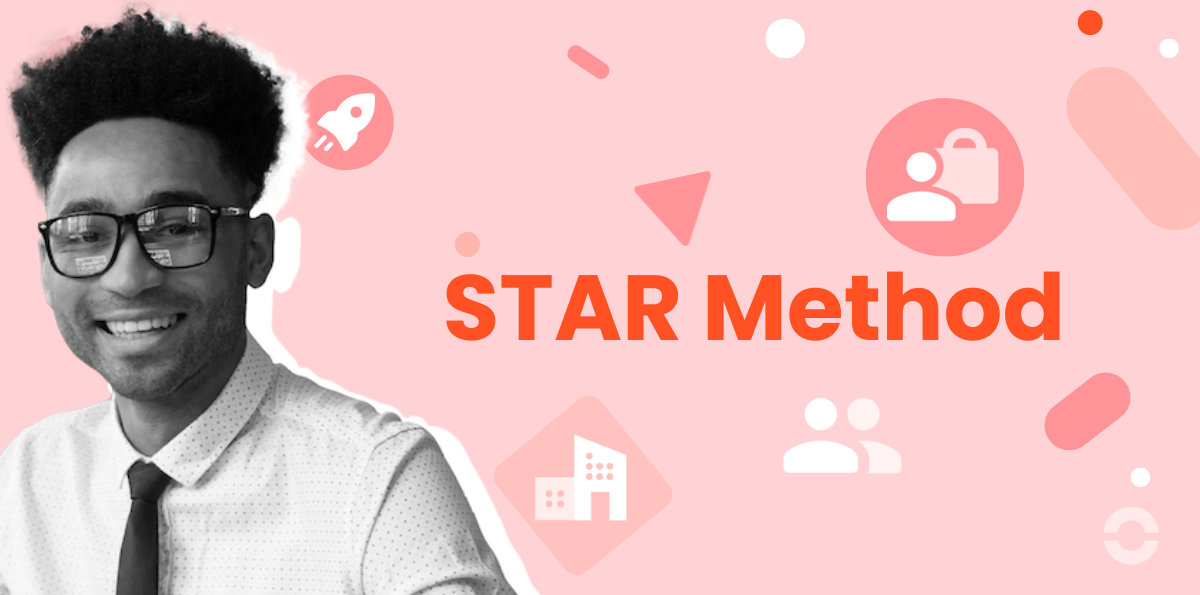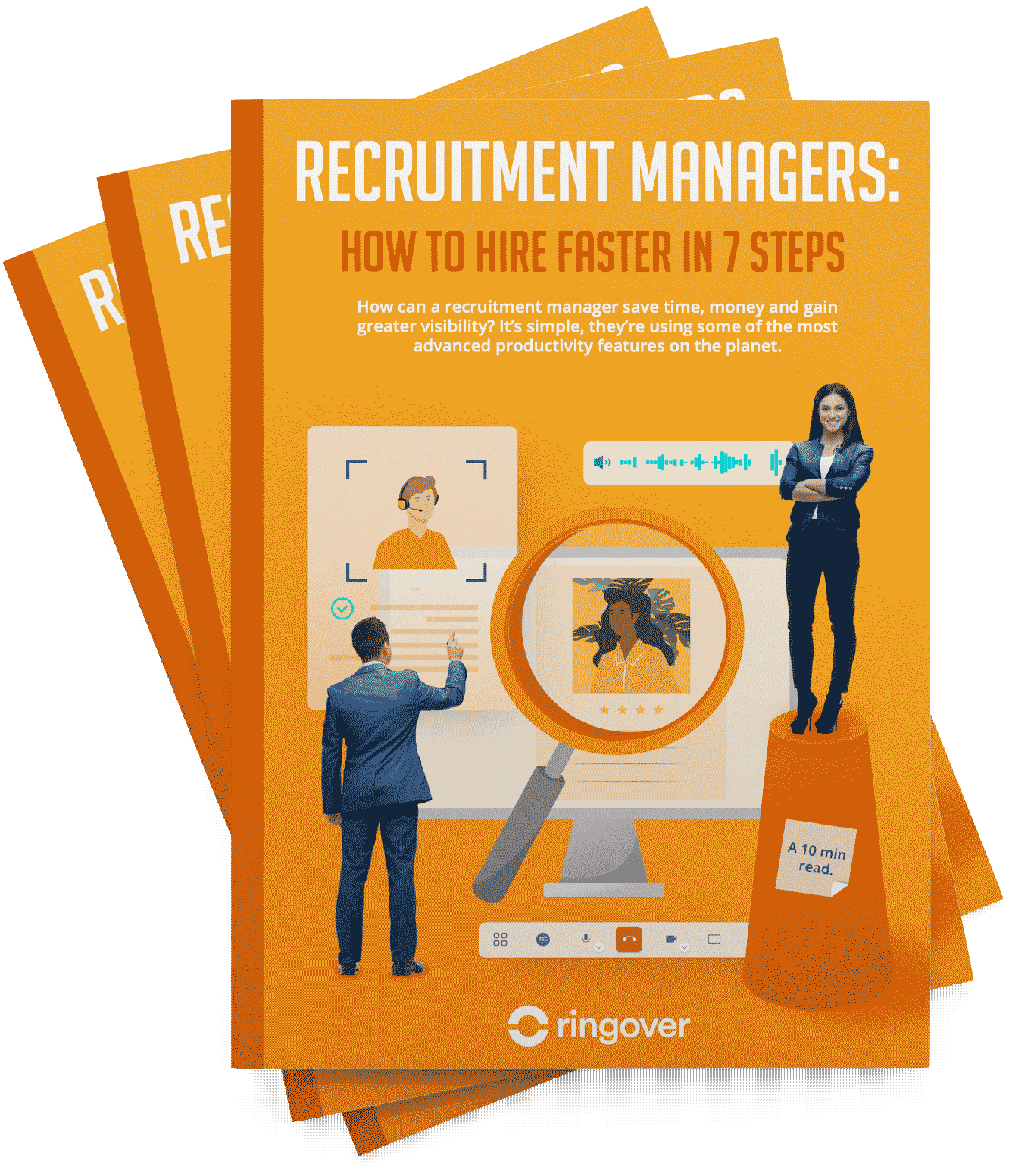Summary
The STAR method simplifies the narration of experiences in an engaging way, highlighting skills and successes. It prevents you from getting lost or repeating the same information.
Here, we detail the essence of the STAR method, its benefits, and how it is deployed from both the candidate's and recruiter's perspectives, including in virtual interviews. Discover how this strategy can help simplify your recruitment process.
STAR Method: Definition
The STAR method is a proven technique for structuring responses during job interviews about professional situations you have encountered. This method is based on an acronym representing Situation, Task, Action, and Result.
It guides the candidate through the process of narrating a specific experience, starting with describing a specific situation that presented a challenge or problem. Then, it helps specify the task they had to accomplish, followed by the concrete actions they took to overcome the problem or achieve their goal. Finally, it prompts you as the recruiter to push them to detail the direct result of their initiatives.
Applying the STAR method to your interviews not only makes them more structured but also rich in meaningful details. In doing so, you highlight the candidates' skills and successes without getting lost in unnecessary or repetitive details.
Benefits of the STAR Method
The STAR method offers substantial benefits for candidates and recruiters during job interviews.
Explore the key advantages of this approach:
- Interview Structuring: It organises the interview to deepen the discussion through its four-part structure, promoting comprehensive and meaningful responses.
- Accurate Skills Assessment: The recruiter analyses the candidate's technical and behavioural skills, including hard skills (such as mastery of specific tools or languages) and soft skills (leadership, adaptability, stress management), based on previous experiences.
- Improved Objectivity: By reducing recruitment biases, the recruiter looks beyond the CV to grasp the essence of the candidate through their experiences, allowing for a more equitable comparison of candidates while avoiding subjective judgments.
- Talent Highlighting: Through storytelling and contextualization, the candidate can stand out, showcase their successes, and expose their personality and motivation in a unique way.
- In summary, the STAR method is a valuable tool that standardises responses, ensuring an objective evaluation focused on the candidate's skills and experiences. For recruiters, it represents an effective guide for assessing and comparing candidates consistently, thus avoiding dispersion.
What recruiters need to know about STAR method
As a recruiter, asking the right questions is crucial for assessing candidates' skills, motivations, and personality. It is also essential to determine whether the candidate is well-suited to the position, the team, and the company's culture. Here is a selection of relevant questions tailored to different categories during an interview:
Questions about professional experience
This type of question aims to examine the consistency of the candidate's professional journey, their successes, challenges, and learnings. Examples:
- What positions have you previously held?
- What are the accomplishments you are most proud of in your career?
- How have you handled changes in the companies where you have worked?
- What aspects of your work have given you the greatest satisfaction?
- What are the biggest challenges you have faced in your career?
Questions about skills and knowledge
These questions aim to assess the candidate's level of expertise, technical and behavioural skills. Examples:
- What skills do you master the most?
- What skills would you like to develop or improve?
- How would you describe your management style?
- How do you approach conflict management within your team?
- How do you adapt to new or unexpected situations?
Questions about motivation and expectations
The goal is to understand why the candidate applied to your company, their goals, and aspirations. Examples:
- Why did you choose to apply to us?
- What do you know about our company?
- What do you expect from this position?
- What are your short and long-term career goals?
- What criteria do you consider when choosing an employer?
These questions are just a glimpse of what you can ask in an interview. It is important to diversify questions, adjust their difficulty according to the candidate's profile, and build on their answers to deepen the discussion.
Can the STAR method be applied remotely?
The transition to remote work, accelerated by the health crisis, has transformed the modalities of job interviews, now commonly via remote recruitment methods, whether by phone, video conference, or chat. This change leads to questioning the feasibility of applying the STAR method in this context.
The good news is that yes, the STAR method retains all its relevance and effectiveness for structuring and evaluating interviews conducted remotely. Here are key tips for successfully leveraging it:
- Preparation for remote interviews: Thorough preparation is essential for both the recruiter and the candidate. This involves choosing a reliable communication tool, ensuring the quality of sound and image, checking the stability of the internet connection, finding a quiet place to avoid distractions, and gathering all useful documents (CV, job description, etc.).
- Adaptation of questions to the STAR method: The recruiter should ask open-ended questions, encouraging the candidate to relate concrete experiences involving tasks performed, actions taken, and results achieved. It is advisable to draw inspiration from examples of questions or develop new ones, tailored to the position and skills targeted, while also asking for clarifications or additional details when necessary.
- Responses according to the STAR method: Candidates should prepare to structure their responses according to the STAR model, drawing on their previous experiences. It is crucial to select meaningful examples demonstrating their skills and successes. Special attention should be paid to clarity, conciseness, and relevance of responses, avoiding digressions or generalisations.
Applying the STAR method to remote interviews is not only possible but recommended, provided there is adequate preparation and adherence to its fundamental principles. It is an asset for conducting interviews that are both effective and objective, regardless of the context.
Conclusion
The STAR method represents a simple yet powerful strategy for organising your job interviews, allowing you to highlight candidates' skills and achievements using specific and measurable examples.
For both recruiters and candidates, the STAR method offers significant benefits. It structures the interview, evaluates skills effectively, increases objectivity, and identifies true talents. This method is also effective for online interviews, provided there is good preparation and adherence to fundamental principles.
To learn more about how Ringover can help you recruit the best talents more quickly, try our solutions now and visit our dedicated recruitment page.
Published on April 18, 2024.



